How big is the largest black hole in the history of observation?

The Largest Black Hole in the Universe --Size Comparison --YouTube
From the point of view of classical physics, black holes continue to swallow surrounding matter, and their mass increases infinitely.

So how do black holes grow and how big do they grow?

We don't even know if the smallest class of black holes exists.
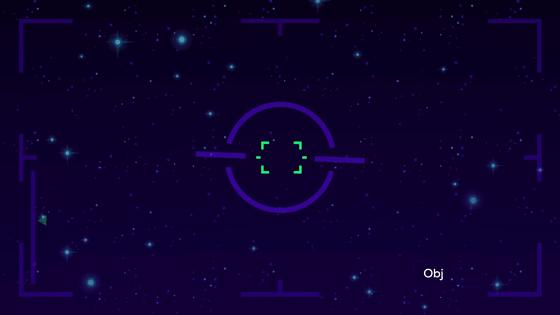
If it does exist, it is probably the oldest in the universe and older than the atoms created after the Big Bang.

The smallest black hole that may exist weighs about 1 trillion kilograms and is smaller than a proton.
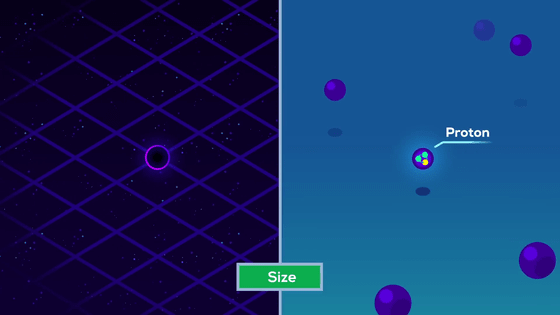

The smallest possible black hole can reach such a small size that we humans have yet to observe.

Now let's move on to the black hole, which has certainly been confirmed to exist.

Black holes occur when a celestial body is sufficiently compressed and collapses under its own mass. The heavier the mass of the original object, the larger the black hole.


The mass of the Sun is 1.989 × 10 ^ 30 kg, but the smallest known stellar black hole weighs about 2.7 times the Sun and is about 16 km in diameter.

The second smallest stellar black hole is a black hole called a 'unicorn' that forms a binary star with the red giant 'V723'. Its diameter is 24 times that of the Sun, 30 million km, and it is thought to orbit only 17.2 km wide.

Of the known stellar black holes, the

In order for a black hole to grow large, it must capture many surrounding stars or combine with other black holes.

Black hole coalescence is very difficult to detect, but there are cases where it has been successfully detected.

Two giant black holes merge in a galaxy 17 billion light-years away from Earth, emitting gravitational waves with more energy than all the stars in the Milky Way galaxy have generated in the last 4,400 years.

Until some time, black holes were only found to have a mass of 'up to 150 times that of the Sun.'

Since the birth of the universe, there should have been no time to capture stars and grow so large, so it is believed that supermassive black holes were born by a different process than stellar black holes.

To explain why the supermassive black hole has grown, we will use the largest celestial body, the

Quasi-star is the size that makes the sun look like a grain of sand when placed side by side. Quasi-star, which has grown to a mass several thousand times that of the Sun, is thought to have collapsed due to its own weight at the time of its formation, resulting in a supermassive black hole.

The supermassive black hole created in this way is heavier than the Sun and reaches a size larger than the Earth.
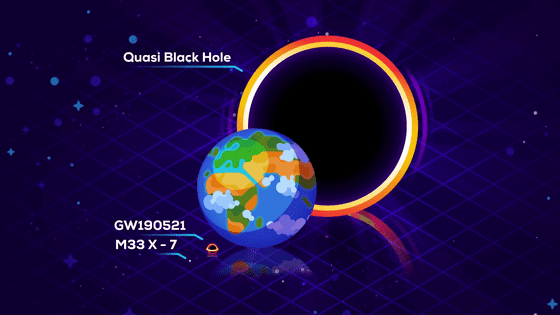
Supermassive black holes are located in the center of almost every galaxy.

Supermassive black hole of one of the is to be present

Supermassive black holes are located in the center of the galaxy, but they do not act like the Sun in our solar system.

The Sun makes up 99.86% of the total mass of the solar system, but supermassive black holes usually weigh about 0.001% of the total mass of galaxies. It is said that galaxies are not held by gravity like the solar system, but by the effect of dark matter.

Cygnus A is said to have a supermassive black hole with a mass of 2.5 billion times that of the Sun and a diameter of 14.7 billion km. If this black hole replaces the sun, it will be big enough to swallow the entire solar system.

This black hole absorbs so much material that the

Another supermassive black hole is located in the center of the

In addition, it is said that there is also a black hole 'Ultramassive black hole' that goes beyond these supermassive black holes.

The mass of one of them, '
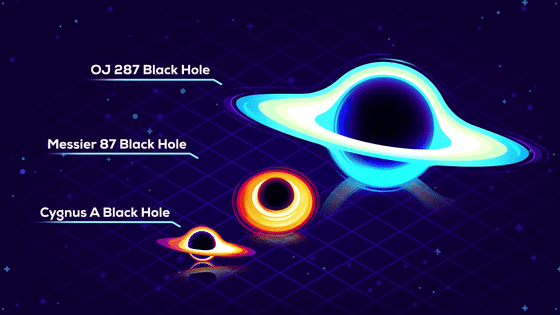
The black hole, which is even larger than the OJ 287, is the '

Since TON 618 is far from the earth, it can only be observed 10 billion years ago. It is the largest black hole in the history of observation, but there must be a larger one in the universe.
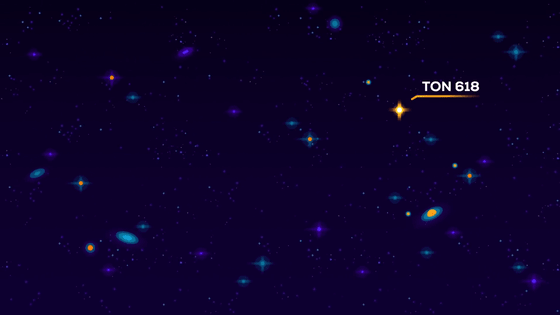
Since it is not possible to observe the actual size of a black hole, it is derived by calculating the effect of gravity on surrounding substances. In this episode, the size and mass are calculated based on various treatises.

Related Posts:







